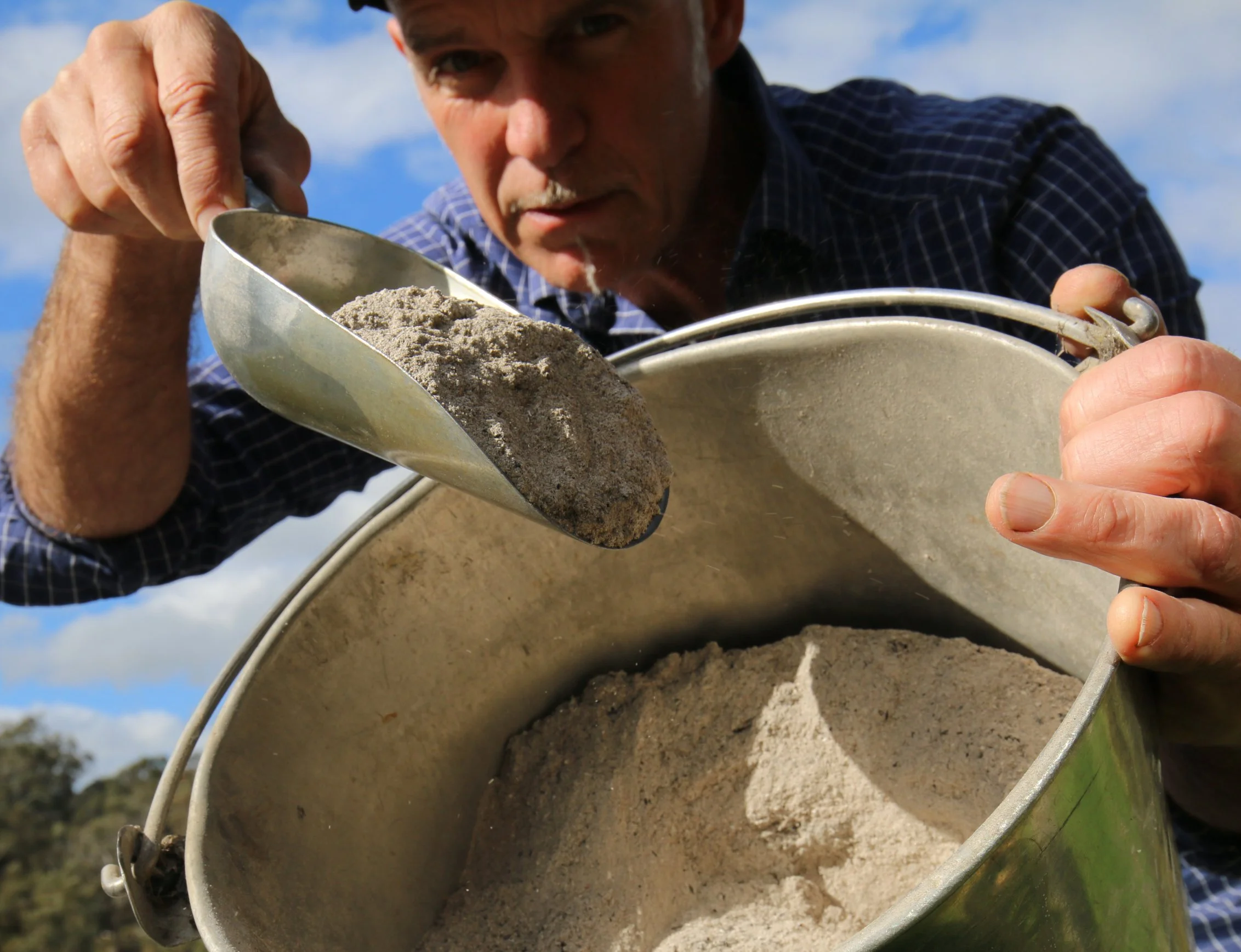The question of wood ash
Can I put wood ash from my fire in the compost? It’s a question we are often asked here at YIMBY. As with anything involving living systems, the answer is never an easy ‘yes’ or ‘no’. So, let’s have a little dive into ash and its potential uses.
Ash is the non-combustible residue that is left from burning wood. It is usually quite high in calcium and potassium (the K in NPK fertilisers) and a range of other ‘trace elements’. These may include heavy metals that might have been in the wood or wood ‘treatments’, so be careful what you choose to burn.
Ash is quite alkaline, with a pH level somewhere between 10 and 12 (nearly as alkaline as bleach). Most people assume compost is acidic, but at YIMBY we’ve found composts can be surprisingly alkaline. If this is true for your compost, adding wood ash would not be a good idea.
If our soil is deficient in potassium, as well as being acidic, we could put quite a bit of wood ash on it – or better, through the soil via our compost – and our soil and garden should respond positively.
If our soil is deficient in potassium, as well as being acidic, we could put quite a bit of wood ash on it – or better, through the soil via our compost – and our soil and garden should respond positively. On the other hand, if our potassium levels are already high enough and/or our soil is already alkaline, adding wood ash to our soil or compost will just make that situation worse.
If we are generating a lot of wood ash and would like to use it on our soil, it is probably judicious to have our soils tested for their mineral balance and acidity. Without understanding the mix of minerals in our soil, we might end up creating a problem that takes years to fix.
I spoke to David Holmgren and Su Dennett, local champions of efficient and sustainable wood energy, about what they do with their substantial ash residues from the three dwellings that form the little village at Melliodora in Hepburn.
David and Su have put small amounts of wood ash through their compost in the past, but their soil doesn’t need any additional potassium now. A small amount goes to making lye (potassium hydroxide), an ingredient in traditional soap, but the vast majority of the ash is returned to the nearby forest. This is the very forest their timber is harvested from, closing a nutrient loop and avoiding a dangerous concentration of potassium in one spot.
The other option for excess ash is not one I generally recommend, but if it ends up in a managed landfill it is unlikely to cause problems, though, I would much prefer to recommend a local solution for cycling this potential resource.
Wood ash can be used in soap making and pottery glazes. What other uses do you know of for ash and how else might we put this resource to use in our region?
AUTHOR: JOEL MEADOWS
Joel Meadows works with *Yes In My Back Yard, (YIMBY), a community-scale composting initiative in Castlemaine and surrounds. Send questions or comments to hello@yimbycompost.com or to book in for a compost workshop!
This was first published in the Midland Express on 25 September 2024

